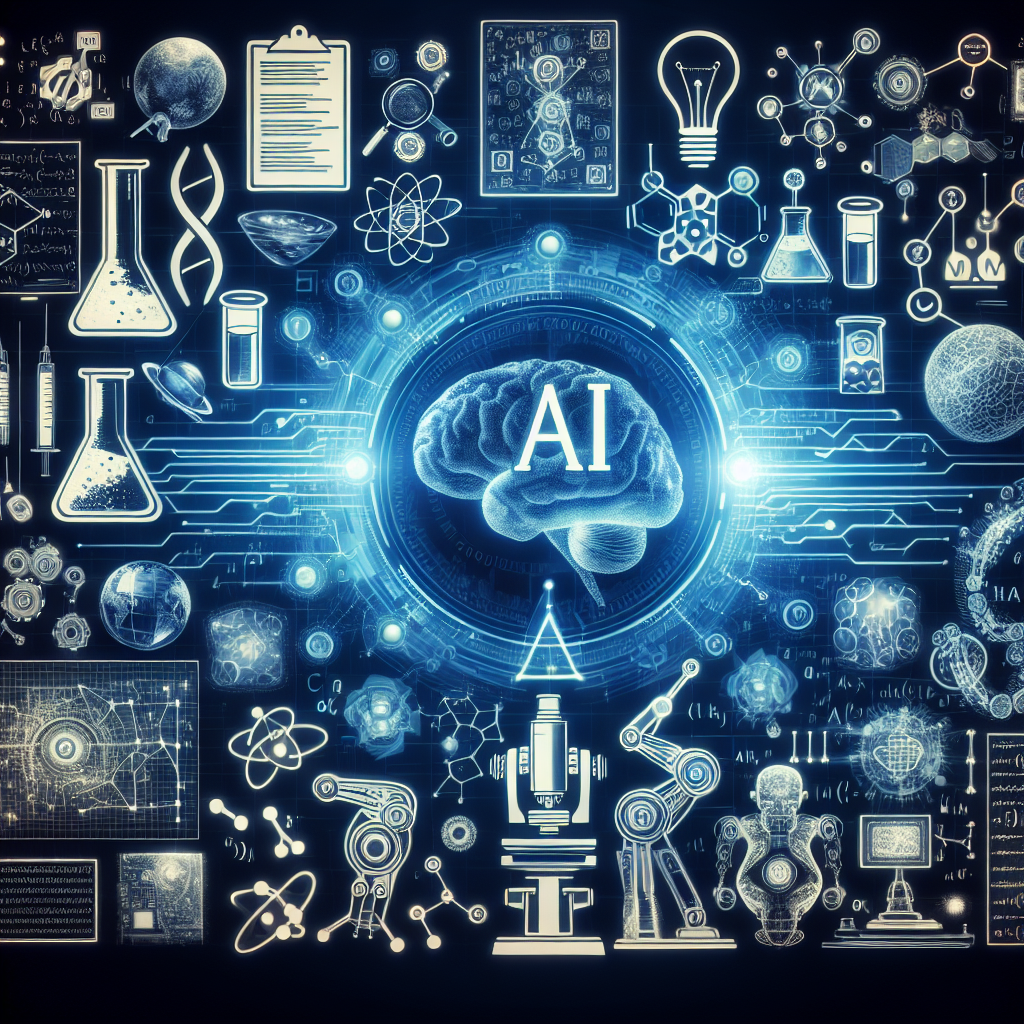Artificial intelligence (AI) is revolutionizing many aspects of our lives, and one area where its impact is particularly profound is in STEM education. STEM, which stands for science, technology, engineering, and mathematics, is a crucial field for our future as it drives innovation and technological advancement. AI is helping to transform the way STEM subjects are taught and learned, making education more accessible, engaging, and effective.
AI is being used in a variety of ways to enhance STEM education. One of the key benefits of AI is its ability to personalize learning experiences for students. By using algorithms to analyze student data, AI can identify each student’s strengths and weaknesses, and tailor lessons to meet their individual needs. This personalized approach helps to ensure that students are getting the most out of their education and are able to reach their full potential.
AI is also being used to create more interactive and engaging learning experiences. Virtual reality (VR) and augmented reality (AR) technologies powered by AI are being used to create immersive simulations and games that help students learn complex STEM concepts in a fun and interactive way. These technologies can bring abstract concepts to life, making them easier to understand and remember.
Another way AI is revolutionizing STEM education is through the use of intelligent tutoring systems. These systems use AI algorithms to provide students with personalized feedback and guidance as they work through problems and assignments. This real-time feedback helps students to identify and correct mistakes more quickly, leading to faster learning and greater retention of information.
AI is also being used to facilitate collaboration and communication among students. Online platforms powered by AI algorithms can match students with peers who have similar interests and abilities, allowing them to work together on projects and share ideas. This collaborative approach not only helps students to learn from each other, but also helps to develop important social and teamwork skills that are essential in STEM fields.
In addition to enhancing the learning experience for students, AI is also helping to make STEM education more accessible to people of all backgrounds. AI-powered tools can provide support for students with disabilities, allowing them to participate fully in STEM education. AI can also help to bridge the gap between different socioeconomic groups by providing access to high-quality STEM education resources to students in underserved communities.
One of the most exciting developments in AI-powered STEM education is the rise of adaptive learning platforms. These platforms use AI algorithms to continuously assess students’ progress and adjust the curriculum in real-time to meet their needs. This adaptive approach allows students to learn at their own pace and focus on areas where they need the most help, leading to faster and more effective learning outcomes.
Overall, AI is revolutionizing STEM education by making learning more personalized, interactive, and accessible. By harnessing the power of AI, educators are able to provide students with the tools and support they need to succeed in STEM fields and drive innovation in the future.
FAQs:
Q: How is AI being used to personalize learning in STEM education?
A: AI algorithms analyze student data to identify strengths and weaknesses, and tailor lessons to meet individual needs.
Q: How is AI being used to create interactive learning experiences in STEM education?
A: VR and AR technologies powered by AI are being used to create immersive simulations and games that help students learn complex STEM concepts in a fun and interactive way.
Q: How is AI being used to provide personalized feedback in STEM education?
A: Intelligent tutoring systems use AI algorithms to provide students with real-time feedback and guidance as they work through problems and assignments.
Q: How is AI being used to facilitate collaboration among students in STEM education?
A: Online platforms powered by AI algorithms can match students with peers who have similar interests and abilities, allowing them to work together on projects and share ideas.
Q: How is AI helping to make STEM education more accessible?
A: AI-powered tools provide support for students with disabilities and bridge the gap between different socioeconomic groups by providing access to high-quality STEM education resources to underserved communities.

